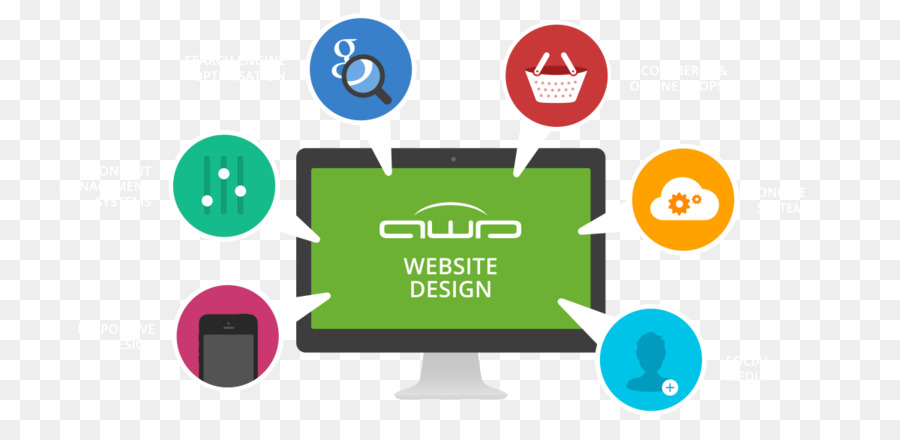Fascinated In Finding Out Just How Internet Site Layout Has Evolved Over The Years? Check Out The Trip From Straightforward Designs To User-Centered Approaches
Fascinated In Finding Out Just How Internet Site Layout Has Evolved Over The Years? Check Out The Trip From Straightforward Designs To User-Centered Approaches
Blog Article
Write-Up Written By-Kahn Clarke
In the past, websites were simple and focused on information. Navigating was straight, and style was for desktop computers. Currently, look here is key. Data overviews layouts for simple navigation. Responsive layouts fit various devices. Today, dark setting minimizes strain, and minimalist food selections improve navigation. Interactive features involve individuals, and vibrant visuals stand apart. AI integration enhances interaction. See how design has actually progressed to improve your on the internet journey.
Early Days of Website Design
In the very early days of website design, simpleness preponderated. Web sites were basic, with restricted shades, font styles, and layouts. The emphasis was on giving information rather than flashy visuals. Users accessed the internet through sluggish dial-up links, so speed and capability were essential.
Navigation food selections were straightforward, typically situated on top or side of the page. Web sites were developed for desktop, as mobile browsing wasn't yet prevalent. Content was king, and developers prioritized very easy readability over complicated layout elements.
HTML was the main coding language used, and developers had to work within its restrictions. Animations and interactive functions were marginal compared to today's criteria. Internet sites were fixed, with little dynamic content or individualized user experiences.
Surge of User-Focused Layout
With the advancement of site design, a shift in the direction of user-focused design principles has actually come to be increasingly prominent. Today, developing web sites that focus on user experience is vital for involving visitors and accomplishing company goals. User-focused style entails comprehending the requirements, preferences, and actions of your target market to tailor the site's design, web content, and includes as necessary.
Designers now carry out thorough study, such as customer studies and use testing, to gather understandings and comments directly from users. This data-driven approach helps in producing intuitive navigation, clear calls-to-action, and aesthetically appealing user interfaces that resonate with site visitors. By placing the individual at the facility of the layout procedure, sites can deliver an extra tailored and delightful experience.
Receptive style has actually also become a key element of user-focused layout, making certain that web sites are maximized for various devices and screen sizes. This adaptability improves access and use, dealing with the diverse ways customers communicate with web sites today. In essence, the surge of user-focused style signifies a change towards producing electronic experiences that prioritize the demands and expectations of the end user.
Modern Trends in Web Design
Check out the most up to date fads shaping website design today. One prominent fad is dark setting style, providing a streamlined and contemporary look while reducing eye strain in low-light settings. Another crucial trend is minimal navigation, streamlining menus and improving individual experience by concentrating on essential elements. Incorporating micro-interactions, such as animated switches or scrolling effects, can produce an extra appealing and interactive website. Responsive design stays vital, ensuring seamless user experiences throughout different devices. Furthermore, utilizing vibrant typography and asymmetrical designs can include visual passion and draw attention to specific material.
Integrating AI technology, like chatbots for client support or customized recommendations, boosts individual engagement and simplifies processes. Accessibility has additionally end up being a considerable pattern, with designers prioritizing inclusive style techniques to cater to diverse individual needs. Accepting sustainability by maximizing site performance for rate and performance is another emerging pattern in website design. Working together with individual comments and information analytics to repeat and improve style constantly is essential for staying appropriate in the ever-evolving electronic landscape. By welcoming these contemporary trends, you can produce a visually enticing, user-friendly internet site that resonates with your target market.
Final thought
As you reflect on the advancement of web site layout from the very early days to now, you can see exactly how user-focused style has ended up being the driving pressure behind modern trends.
Embrace the trip of change and adaptation in website design, constantly maintaining the user experience at the leading edge.
Tippingpointdigital
Remain current with the current patterns and innovations, and never stop progressing your technique to create visually sensational and straightforward websites.
Progress, adjust, and develop - the future of web design remains in your hands.
